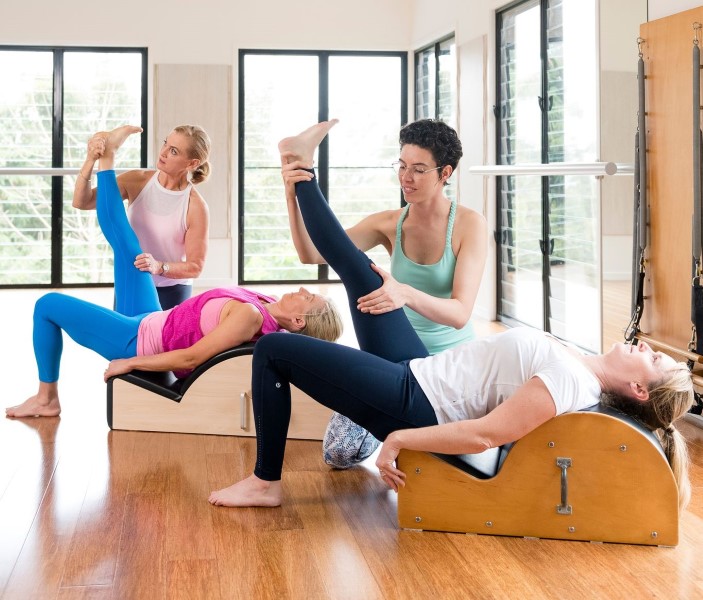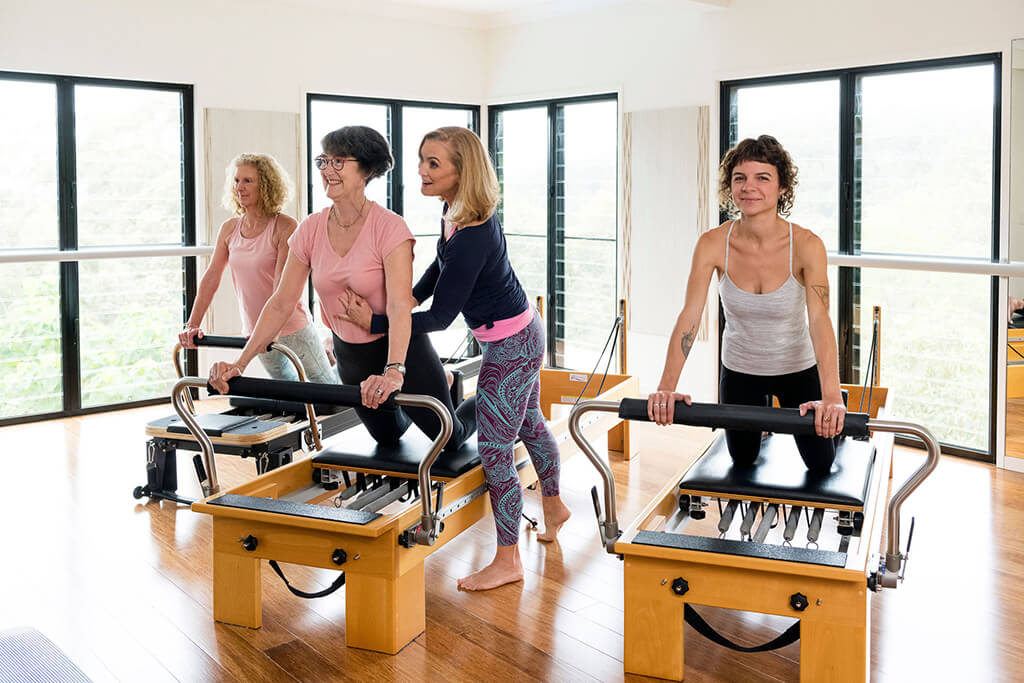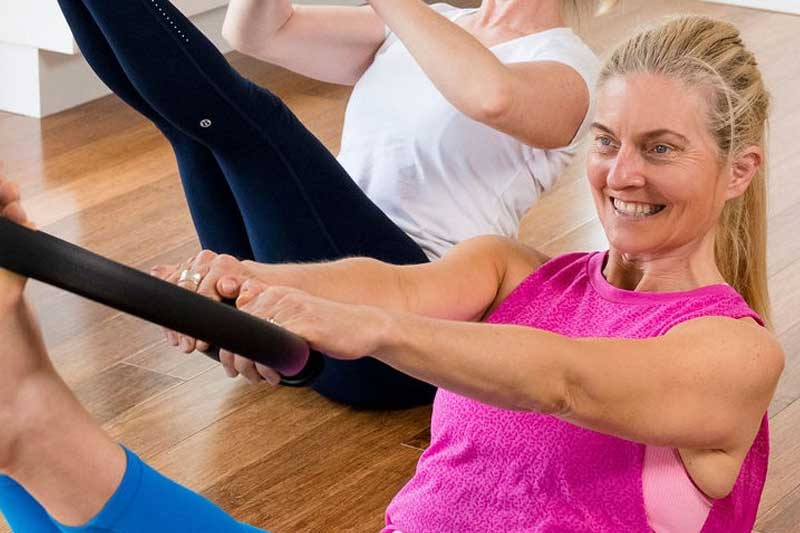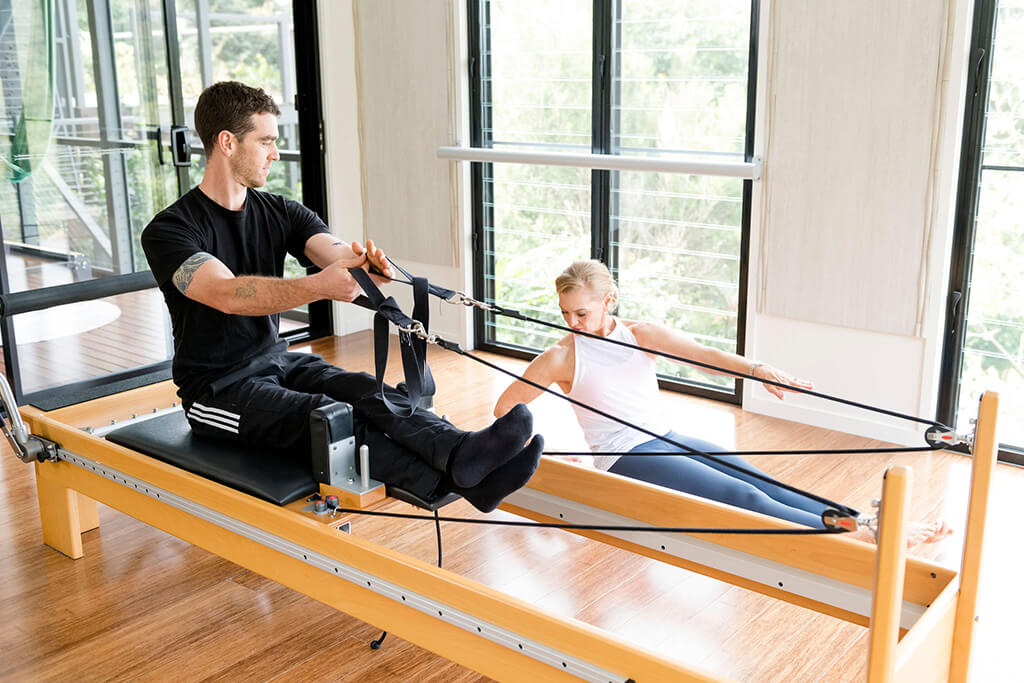
How Much Does a Pilates Instructor Make in Australia?
Posted on October 10, 2024 by ApexTeaching Pilates has become a lucrative career choice, offering flexibility and various approaches to generate revenue. If you’re considering this path or simply curious about the earning potential, let’s look at the Pilates instructor salary variables in Australia.
Base Wage and Industry Standards
Once you’ve finished your Pilates teacher qualification and can work as a Pilates professional in the industry, the general starting point for many brand-new Pilates instructors would be to take on work in a Pilates studio. But how much does a Pilates teacher make in Australia?
According to recent data from Indeed, the base wage for a qualified instructor has increased over the years from around $35 an hour in 2019, depending on the studio, to around $50.02 per hour as of June 2024.
It’s worth noting that Pilates instructors often earn more than their counterparts in the general fitness industry. According to the Fitness Industry Award MA000094, qualified Pilates instructors are paid above Level 7 Full/Part-time and Casual rates.
Aside from the good pay, there are many other benefits of working in the Pilates industry. A Pilates instructor can look forward to:
Flexible Work Schedules
One of the attractive aspects of a Pilates career is its flexibility. Unlike typical 9-to-5 jobs, Pilates studios often operate on split schedules. You might work four hours before 11 am and another four after 3 pm, leaving the middle of the day free for personal activities. This structure allows instructors to balance work with other commitments, such as family, education or personal fitness.
Self-Employment Options
For those looking to maximise their earning potential, self-employment offers several avenues:
Home Studio or Mobile Business:
- Mat Pilates classes can yield upwards of $1500 a week, with groups of 6+ clients paying $10-$20 per class.
- This can be achieved by teaching about 4 hours a day.
Equipment-Based Studio:
- Higher initial investment but greater earning potential.
- A studio with 5 Pilates Reformers could potentially earn $3000 per week, based on 4 hours of teaching daily.
Clinical Pilates Rehabilitation Studio:
- Specialises in private sessions and small group classes.
- Can match the earnings of a Reformer studio with lower start-up costs and a more committed client base.
Larger Permanent Studio:
- Most time and cost-intensive option.
- Potential to offer additional services like beauty therapy, massage, or physiotherapy.
- A small studio with 5 pieces of equipment and one additional staff member could have a gross earning potential of over $7000 a week.
Earning Potential Breakdown
These estimates are based on teaching four classes a day, five days a week, totalling 20 hours worked per week. This scenario suggests that the hourly wage of a qualified Pilates instructor can reach up to $150 an hour.
Factors Influencing Earnings
- Location: Pay is typically higher in large capital cities than in regional centres.
- Specific City: Melbourne and Sydney often offer above-average pay, while Brisbane may be below-average.
- Neighbourhood: Studios in affluent areas often pay more.
- Individual Performance: Instructors with consistently full classes generally earn more.
- Professionalism: Punctuality, reliability, tidiness and excellent customer service can positively impact wages.
Tips for Negotiating Pay
- Ask about pay upfront when discussing job opportunities.
- If the offered pay is lower than expected, inquire about performance-based increases.
- Be open to discussing pay – employers comfortable with these conversations often make better employers.
Education and Earnings
Your education and qualifications can significantly impact your earning potential:
- Professional certifications can justify higher rates.
- Continued education and specialisations (like clinical Pilates) can increase your value.
- A depth of knowledge translates to confidence, which clients appreciate and are willing to pay for.
Building a Successful Pilates Career
The earning potential for Pilates instructors in Australia is significant. With experience and business acumen, you could make $150 an hour or more. While the average hourly rate is around $50, your actual earnings can vary based on factors like location, experience and your chosen business model.
If you want to work towards commanding the maximum Pilates instructor salary, ensure you:
- Behave professionally at all times.
- Invest time in behind-the-scenes preparation.
- Deliver high-quality, valuable experiences to your clients.
- Consider offering classes in gyms to increase visibility and supplement income.
Whether you choose to work for a studio, start your own business or combine both approaches, a career in Pilates offers the unique opportunity to earn a substantial income while maintaining a flexible lifestyle. With the right education, professionalism and dedication to your craft, you can build a rewarding and lucrative career in the Pilates industry.
Latest Blog Post

Pilates for Osteoporosis: Strengthening Bones for a Better Quality of Life
Osteoporosis, often called the ‘silent disease,’ affects a significant portion of the population, particularly women over 50. By age 50, approximately 50% of women and 25% of men experience the effects of osteoporosis or its precursor, osteopenia. As we search for effective ways to manage and prevent this condition, many ask, ‘Is Reformer Pilates good …
Continue reading “Pilates for Osteoporosis: Strengthening Bones for a Better Quality of Life”

The Transformative Benefits of Pilates: Why People Love This Timeless Exercise
In the ever-evolving world of fitness, Pilates has emerged as a beloved practice for people of all ages and fitness levels. But what does Pilates do for your body, and what makes this century-old exercise method so enduringly popular? What are the top 10 benefits of Pilates that have people returning to their mats and …
Continue reading “The Transformative Benefits of Pilates: Why People Love This Timeless Exercise”

The Reformer Revolution- Beyond Traditional Mat Pilates
In the world of Pilates, two main styles dominate: Mat Pilates and Reformer Pilates. Each offers unique benefits and caters to different needs and preferences. Joseph Pilates, the founder of the Pilates method, developed his exercise system around 1914, during World War 1. Many of his early exercises were performed on the floor or on …
Continue reading “The Reformer Revolution- Beyond Traditional Mat Pilates”

